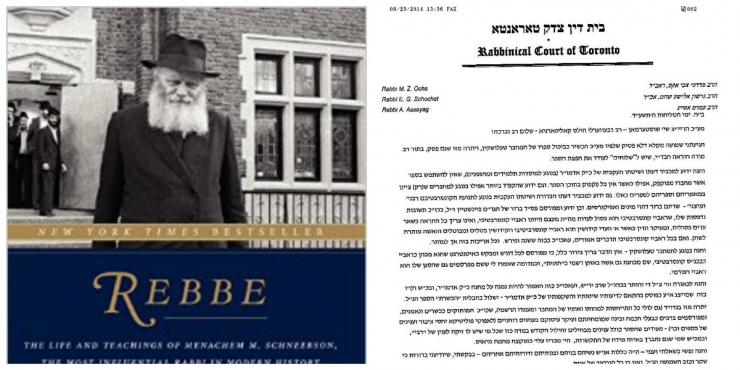NY Times Once a year, Elimelech Ehrlich travels from Jerusalem to Lakewood, N.J.,
with a cash box and a wireless credit-card machine. During the three
weeks he typically spends in town, Ehrlich — a white-bearded,
black-suited, black-skullcapped, wisecracking 51-year-old — haunts the
many local yeshivas, schools where Jewish men, mostly in their 20s,
study the Talmud and other texts. Sometimes he loiters around the
condominium complexes where students live with their young wives and
growing families. Some days he hires a driver to take him to the houses
of local
ashirim, rich men. Throughout town, he greets old
friends, asking after marriages made since his last visit and new
babies. And at every stop along the way, he asks for money.[...]
The yeshiva students may not give much, but nearly all of them give —
and there are so many of them. Between 1990 and 2010, Lakewood’s
population doubled to about 92,000 residents, largely because of the
growth of its ultra-Orthodox Jewish community. Conveniently located
equidistant from New York City and Philadelphia, Lakewood is home to
Beth Medrash Govoha, the nation’s largest yeshiva. The school, founded
in 1943 by the refugee Rabbi Aharon Kotler, has seen its student body
swell to about 6,500, making it just smaller than Harvard College. The
growing Orthodox movement encourages young men to forgo or postpone
higher education for religious study, and the yeshiva has benefited from
that. Other schools have followed suit, setting up shop in Lakewood.
Most students are married, and families with five or 10 children are
common.[...]
Lakewood
is becoming a medium-size city, but in many ways, it’s a pre-World War
II European village, right down to the Yiddish and, to an extent, the
clothes. The spiritual ecology of the town revolves around the Torah,
which obliges that all Jews, even those who are in need themselves, give
to charity. And so Lakewood — full of broke students, most likely at
the peak of their adherence to Jewish law — has given full expression to
the generous tendency of small, diasporic communities, which can be
amplified when they find a little piece of the world to call their own.
It’s
not that Lakewood residents enjoy having their doorbells rung two,
three or four times a day to hear a hard-luck story. But while other
towns may criminalize beggars or tell them to move along, Lakewood has
an obligation to fulfill — Jews are literally family, according to the
Torah. So the town came up with a modern solution to an ancient problem:
paperwork. Beggars are registered and licensed in Lakewood, as a means
of preserving trust in this community that aspires to be a village but
is outgrowing that label.[...]
Aaron Kotler, who hosted me one night this summer in Lakewood, is the
president of Beth Medrash Govoha and the grandson of its founder. He
dresses in banker’s pinstripes, is an avid cyclist and, seemingly alone
among the middle-aged men of Lakewood, speaks without a trace of Yiddish
singsong. He has been instrumental in bringing real estate investors to
town to feed the growing need for housing. I asked Kotler what he
thought of the culture of begging. “I think that people of quality want
to live in a place that has a flavor of doing chesed,” or
kindness, he said. He questioned whether the door-to-door begging was
“the most effective way to raise money,” but ultimately he looked on it
favorably. [...]









